10 Best AI Cybersecurity Software of 2025 (Ranked & Reviewed)
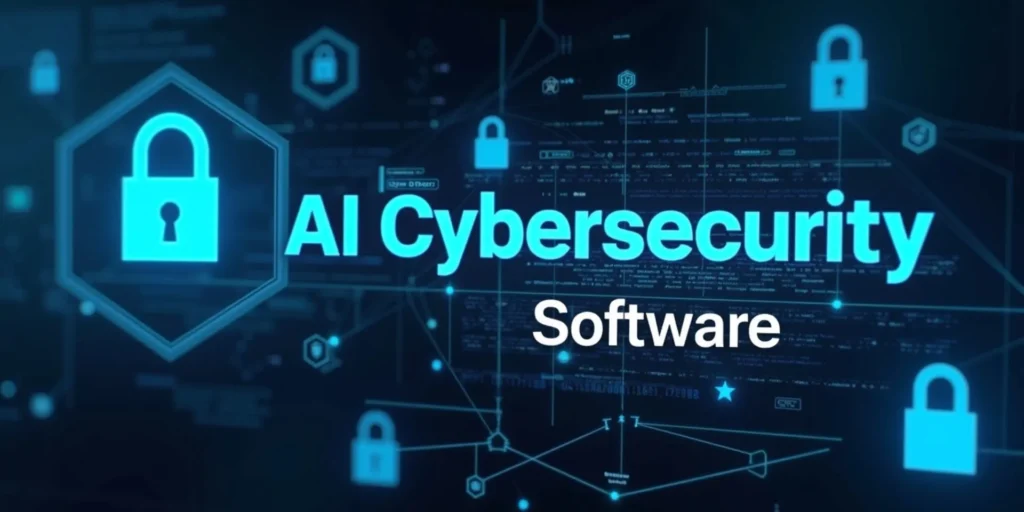
The world today is going more digital and cyber threats are becoming more intricate. The tools used in the past are not so efficient in securing critical data and systems. Systems providing AI-based cybersecurity are a novel approach to resisting the current attack. It applies the artificial intelligence and machine learning to process data in large dimensions in real time. It is able to identify suspicious activity, anticipate crises and react to issues more quickly than humans can.
Remote workers, remote access to cloud services as well as IoT devices leave companies with additional attack modalities. Artificial intelligence cybersecurity software has become a major weapon to maintain high security. This is your official guide to all the information you should have regarding these new solutions and how these are transforming cybersecurity in 2025.
What is AI Cybersecurity Software?
AI cybersecurity software refer to programmed machine learning and deep learning using artificial intelligence (AI) intelligent protection programs against internet attacks on digital assets, networks, and systems. An AI software develops based on data patterns, not predetermined rules and patterns, thus adjusting to novel dangers and making smart choices through arbitration unlike old tools as it does.
It monitors network traffic, user actions, system logs, and application activity in real time to locate any suspicious patterns that could be an indication of security breach, malware or unauthorized access. This assists the organizations in preventing known and emerging cyber attacks.
Definition & Core Concept
AI cybersecurity solutions uses artificial intelligence together with traditional security methods to create smart defense systems that can adapt as new threats appear in the digital world.
- Smart Automation: This mechanism varies and autonomously identifies and responds to the threats, without the need to remain under human management.
- Predictive Analytics: The system foretells the security issues that may arise in future by examining the past patterns of data.
- Behavioral Analysis: It monitors the behavior of users and devices, creates normative behaviors and discovers anomalous behavior.
- Self-Learning Capabilities: The system continues to better its accuracy through improving on learning algorithms.
- Contextual Understanding: It compares the threats to the bigger picture with the aim of reducing the false alarms.
Key Features of AI Cybersecurity Software
Modern AI cybersecurity programs has many advanced features that set it apart from older security solutions, letting organizations get complete protection across their whole digital infrastructure.
- Threat intelligence: It gathers and analyzes threat information on a global basis within real time.
- Automated response: It spotted and repaired problems instantly when it determined that there was a security incident.
- Vulnerability assessment: It continues to search towards vulnerabilities that require expedited solutions.
- Anomaly detection: It identifies atypical behaviour that is highly exceeding normal activities.
- Interoperability functionality: It integrates well with available security measures and infrastructure management systems.
How AI Enhances Cybersecurity
AI cybersecurity solutions changes how companies protect themselves by adding capabilities that could not be done before with just manual work or simple automation.
- Velocity: It is able to examine millions of security incidents in a second and identify threats in the gravest instant.
- Precision: It also reduces false notification by looking at the settings and identifying trends.
- Scalability: It is capable of protecting larger systems without having to have a larger security personnel.
- Adaptability: It adapts itself to fresh attacks in order to enhance security against evolving threats.
- Efficiency: It performs the daily routine tasks in the security sector automatically to leave the analysts to work on large scale projects.
Types of AI Cybersecurity Tools
The AI Cybersecurity Software ecosystem includes a variety of tools that help protect different parts of an organization’s computer systems and data.
- Endpoint Protection: Artificial Intelligence that protects single devices against viruses and sophisticated cyber intrusions.
- Network Security: This is an intelligence that monitors network traffic to identify intrusions and undesired activities.
- Identity Management: Artificial Intelligence tools which validate who the individual might be; steal or use a poor password.
- Cloud Security: Solutions used in securing a cloud server and cloud applications against emerging threats.
- Application Security: These are tools that analyze both the program code and the behaviour of the program to identify its vulnerabilities and tricks.
Top 10 AI Cybersecurity Software in 2025
1. Aikido Security
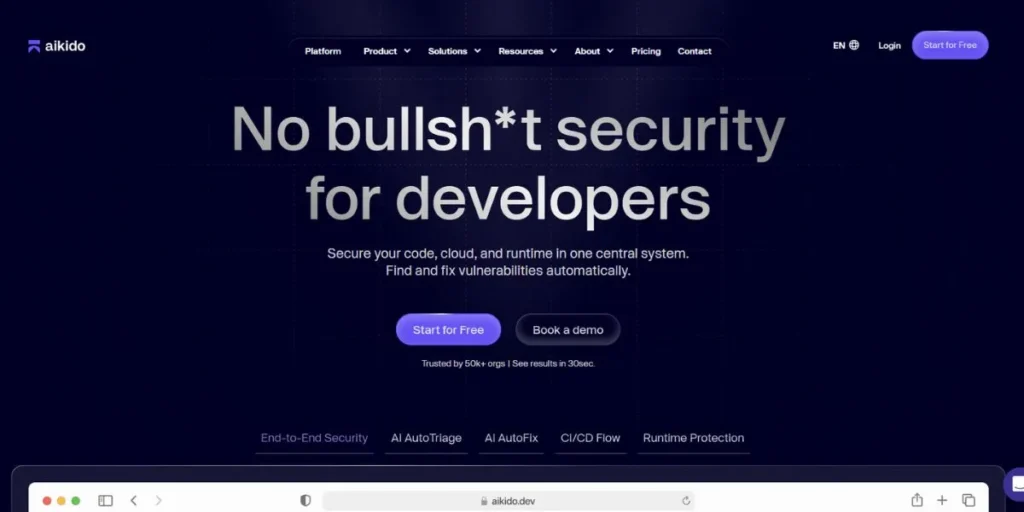
The cloud, hardware, and software are covered by Aikido Security. The platform assists developers and security teams to identify any threat created by vulnerabilities in their apps and resolve them prior to production. It displays code, checks program fragments, scans images of containers, and reports on infrastructure-as-code, all on a single screen.
Wits created by its online algorithms prioritize each risk in accordance with the probability to be exploited and the severity of its result, therefore enabling the large ones to be addressed initially. It integrates with widely-used development tools and CI/CD pipelines and therefore does not hinder the teams of developers with security checks. Fewer tools are employed, and it results in enhanced cooperation of developers and security personnel by companies.
Key Features:
- Code vulnerability scanning
- Container security analysis
- Infrastructure configuration monitoring
- Automated risk prioritization
- Development tool integrations
Best For: Code-to-cloud protection
Pros:
- Comprehensive coverage scope
- Developer-friendly interface design
- Affordable pricing structure
Cons:
- Limited enterprise features
- Newer market presence
- Growing integration ecosystem
Pricing: From $350/month
Website: https://www.aikido.dev/
2. Teramind
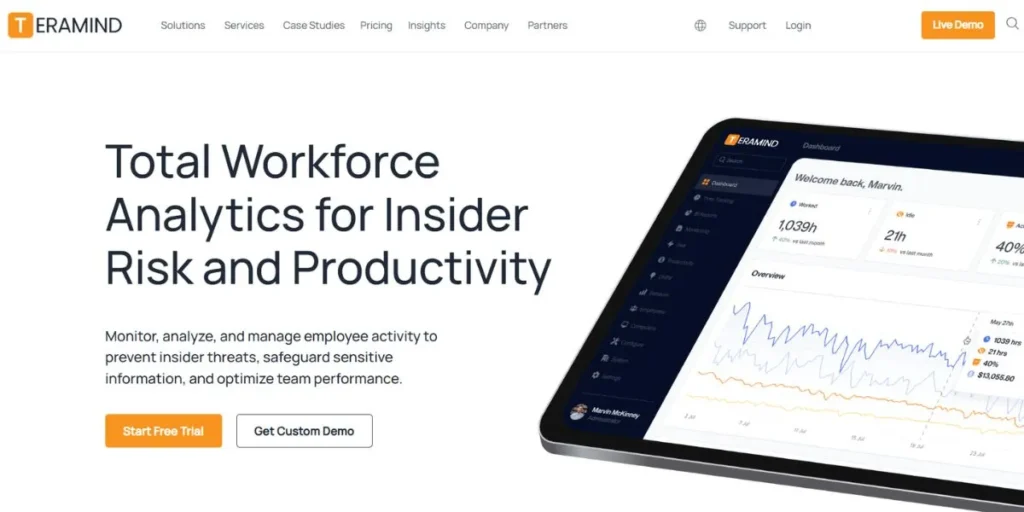
Teramind, a powerful AI Cybersecurity Software, is able to avoid insider threats by capturing user activity within machines, applications, and networks. It logs the actions of employees and by employing machine learning will create a behavioral profile on each user or group of users shortly considered normal behavior. When something appears suspicious then this activates the potential loss of data or terrorist or hacked accounts.
At difficult moments, the tool is able to record sessions, take screenshots and capture key presses, which may be used during investigations. They can develop their rules to balance privacy and security needs since organizations are in a position to do this. It also offers information on worker productivity and compliance reports which have value addition with business.
Key Features:
- User behavior analytics
- Session recording capabilities
- Policy violation alerts
- Data loss prevention
- Productivity tracking tools
Best For: Insider threat detection
Pros:
- Detailed activity visibility
- Comprehensive forensic tools
- Flexible monitoring policies
Cons:
- Privacy consideration complexities
- Resource intensive deployment
- Steeper learning curve
Pricing: Contact for pricing
Website: https://www.teramind.co/
3. Prevalent
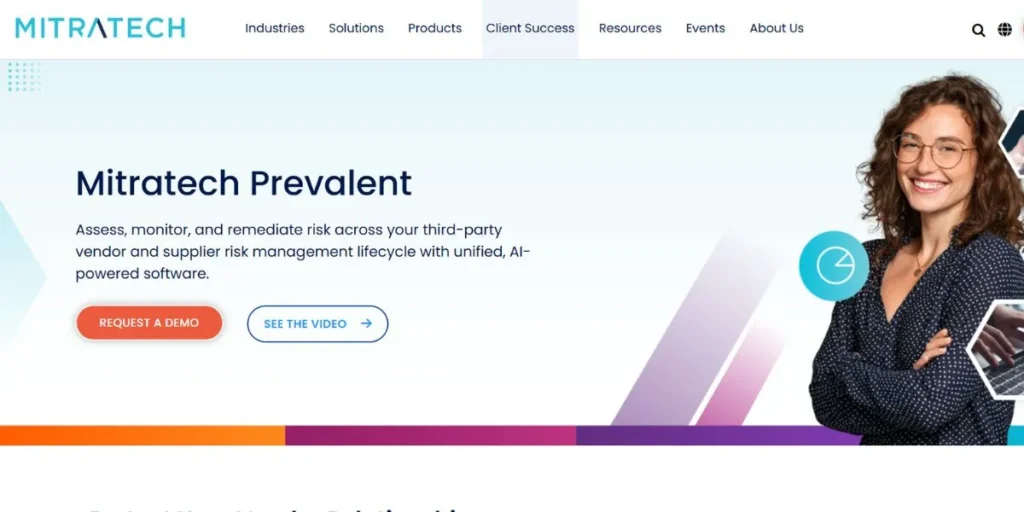
With prevalence, it is therefore easier to control the third-party risk since it will automatically check the vendors and track them at any given time. The software assists companies with the perception of the threat of suppliers and partners. It sends questionnaires, gathers evidence, risks rate, and monitors threats of vendors. I
ts AI contrasts responses of vendors with the standards in the industry to identify the points of deviation that require correction. Vendor documents are centralized on the platform and audit and compliance reports are generated quicker. The risk structure allows the firms to adapt the structure to their industry regulations.
Key Features:
- Automated vendor assessments
- Continuous risk monitoring
- Compliance framework mapping
- Evidence collection automation
- Vendor performance dashboards
Best For: Compliance-focused TPRM
Pros:
- Streamlined assessment workflows
- Comprehensive compliance coverage
- Centralized documentation management
Cons:
- Complex initial setup
- Vendor cooperation required
- Premium pricing tiers
Pricing: Pricing upon request
Website: https://mitratech.com/products/prevalent/
4. NordLayer
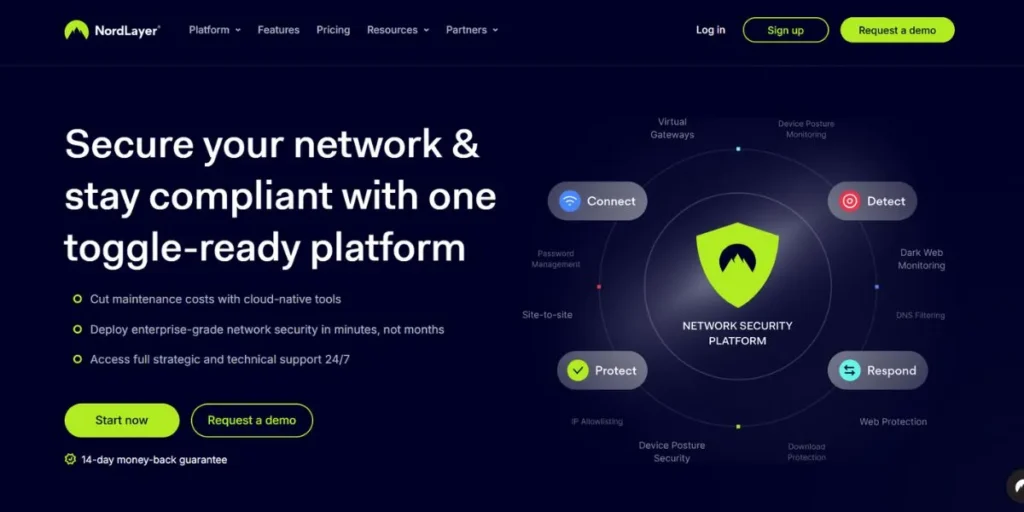
NordLayer, a reliable AI Cybersecurity Software, has a good network security that includes DNS blocking to prevent visits to site and command months. It provides secure network boundaries among distributed staff ensuring that remote workers do not interact regardless of their locations.
It employs zero-trust access: corporate assets will be able to access it only after authentication and authorization. Bad domain lists of NordLayer Threat feeds are also updated to block phishing websites, malware websites and other dangerous locations. It also applies VPN tunnels to entrap traffic by encrypting data hence no possibility of intercepting data. With the easy establishment and user-friendly system, companies such as its administration work less.
Key Features:
- DNS threat filtering
- Zero-trust network access
- Encrypted VPN connections
- Remote workforce protection
- Simplified management interface
Best For: DNS-level blocking
Pros:
- Easy deployment process
- Affordable pricing model
- Effective remote protection
Cons:
- Limited advanced features
- Smaller enterprise capabilities
- Basic reporting options
Pricing: From $8/user/month (5 users minimum)
Website: https://nordlayer.com/
5. ESET PROTECT Complete
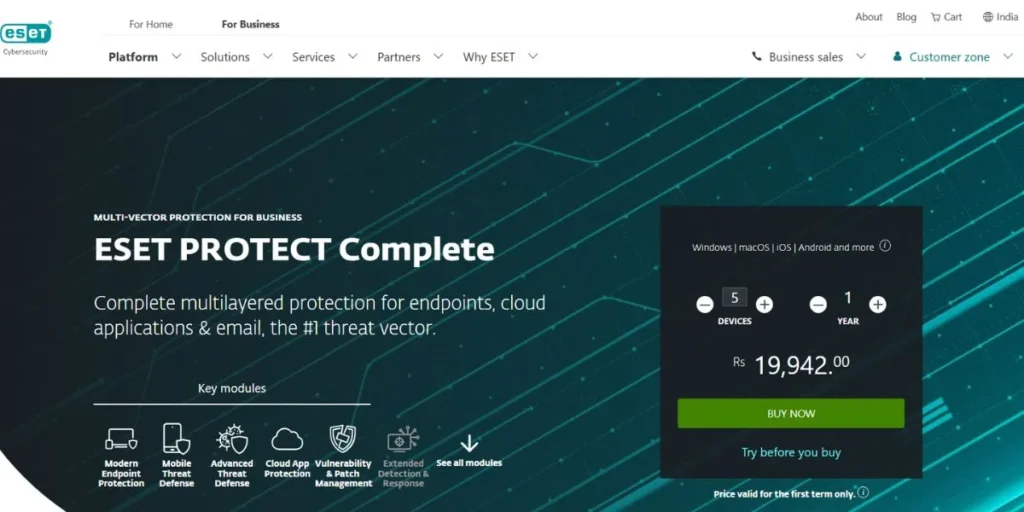
Risky behavior is detected by and blocked by many security tools and dealt with before it can inflict damage using ESET PROTECT Complete. It leverages the offers signature verifications, behavior analysis, machine learning and cloud reputation data to identify the attacks with minimal false alarms.
This solution accommodates desktop, mail devices, file devices and mobile devices and it has a single central console such that anything can be viewed on a single window. Its scanner is low powered and very fast and hence does not slow down users and systems. It has powerful ransomware finder monitoring file changes and advocating suspicious encryption. ESET offers universal assistance on routine and assistance to companies.
Key Features:
- Multi-layered threat detection
- Ransomware protection shields
- Centralized management console
- Low resource footprint
- Mobile device security
Best For: Proactive detection
Pros:
- Excellent detection rates
- Minimal performance impact
- Comprehensive device coverage
Cons:
- Interface modernization needed
- Limited integration options
- Complex policy configuration
Pricing: From $338.50/year
Website: https://www.eset.com/in/business/complete-protection/
6. Malwarebytes
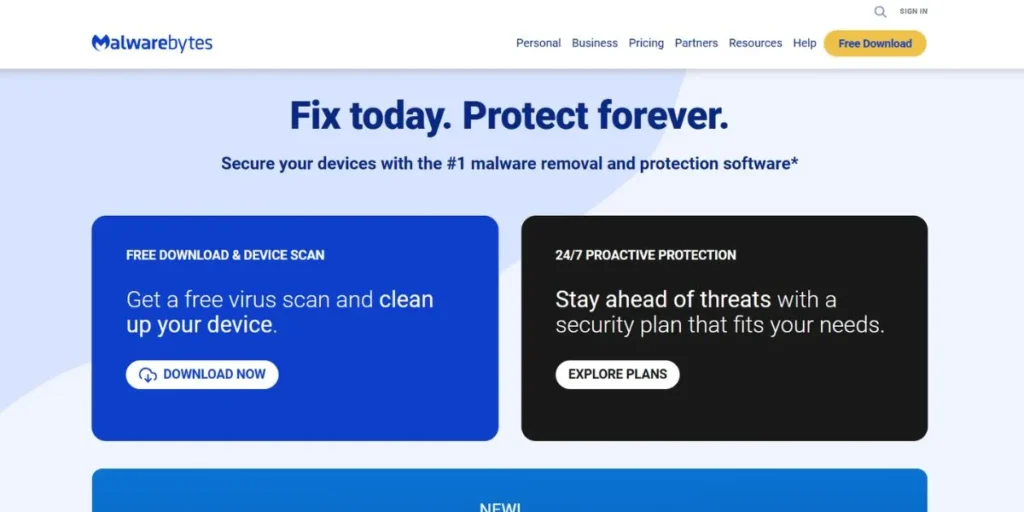
Malwarebytes is capable of detecting and eliminating rootkits that are usually not detected by regular antivirus applications. This AI based security system will examine the system memory, boot partitions, and sections of the operating system where rootkits conceal themselves. It prevents auto viruses and purges systems of the infection. Malwarebytes has developed a threat intelligence network that has millions of points of data it gathers concerning the safeguarded devices worldwide.
That information assists in the prevention of newly produced malware families and attack techniques in real time. The tool accommodates the use of the antivirus programs and does not lead to compatibility problems. It is user friendly, takes a very short time to install and use.
Key Features:
- Advanced rootkit scanning
- Real-time malware protection
- Ransomware behavior blocking
- Exploit prevention technology
- Simple management interface
Best For: Rootkit scanning
Pros:
- Excellent malware removal
- Compatible with antivirus
- User-friendly operation
Cons:
- Limited enterprise features
- Basic reporting capabilities
- Additional tools needed
Pricing: From $49.99/device/year
Website: https://www.malwarebytes.com/
7. ManageEngine Endpoint Central
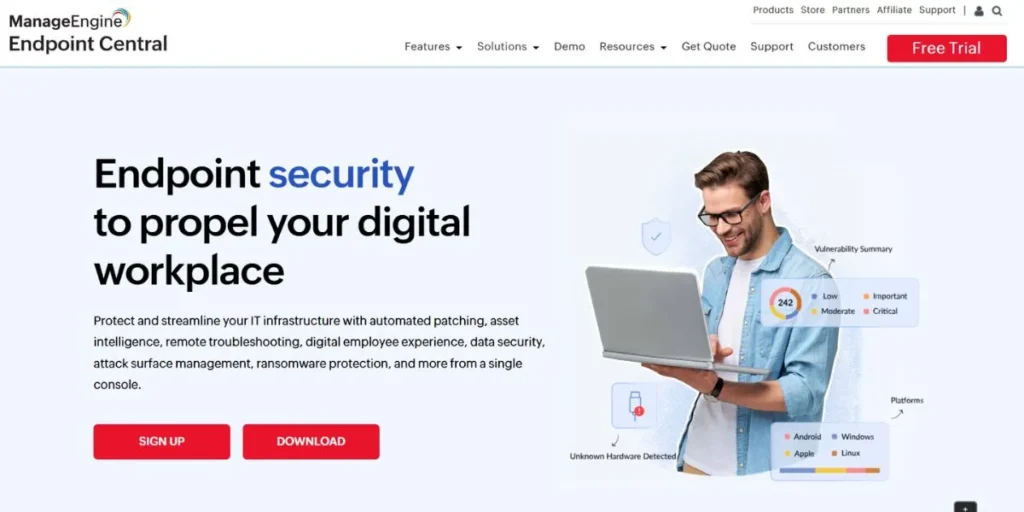
ManageEngine Endpoint central, a comprehensive AI Cybersecurity Software, provides cloud technology and safeguard of IT infrastructure of any typical setup. It amalgamates patch management, application distribution, asset monitoring and security set-up into one console. It is a system that automatically updates the operating systems, installing application patches and enforcing the security policy on thousands of devices quickly.
Its vulnerability scanning tool keeps scanning the system environment in search of patches and network loopholes and categorizes software repairs as severity-based and as attack related. The platform is capable of running on windows, mac OS, and Linux and providing a unified administration of mixed environments. Automated compliance saves the work of the administration and enhances security.
Key Features:
- Automated patch management
- Software deployment automation
- Asset inventory tracking
- Security policy enforcement
- Multi-platform support coverage
Best For: Infrastructure management
Pros:
- Comprehensive management tools
- Affordable pricing structure
- Excellent automation capabilities
Cons:
- Interface complexity issues
- Occasional performance slowdowns
- Learning curve challenges
Pricing: From $10/user/month (billed annually)
Website: https://www.manageengine.com/products/desktop-central/
8. ManageEngine Log360
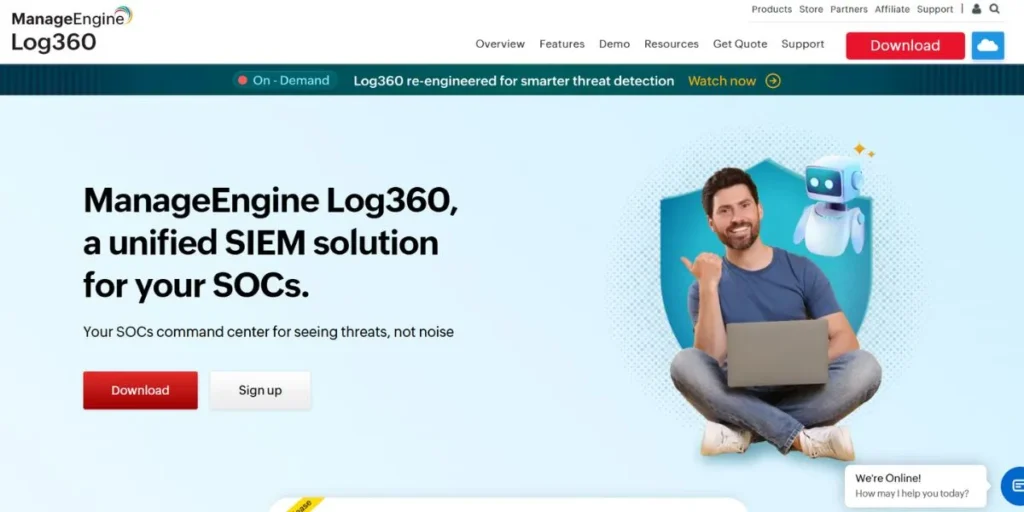
ManageEngine Log360 is a combination of data loss management, cloud access management and security information management and event management. It gathers logs of network resources, servers, applications, and security measuring devices and connects the events to locate security crimes and compliance problems. Machine learning establishes standard behavior patterns of users, machines and software within the system and generates alerts in case something out of the ordinary occurs, which is signs of a breach.
DLP used by Log360 is an endpoint, network, and cloud applications data monitoring that prevents any illegal data activities and inhibits security breaches. Its built-in CASB gives visibility and governance on the use of cloud apps, locates shadow IT, and implements regulations. Products such as the single product that supersedes many other distinct products.
Key Features:
- SIEM event correlation
- Data loss prevention
- Cloud access security
- User behavior analytics
- Compliance reporting automation
Best For: Integrated DLP/CASB
Pros:
- Unified security platform
- Comprehensive log analysis
- Strong compliance features
Cons:
- Complex initial configuration
- Resource intensive operation
- Premium pricing levels
Pricing: Pricing upon request
Website: https://www.manageengine.com/log-management/
9. Dynatrace
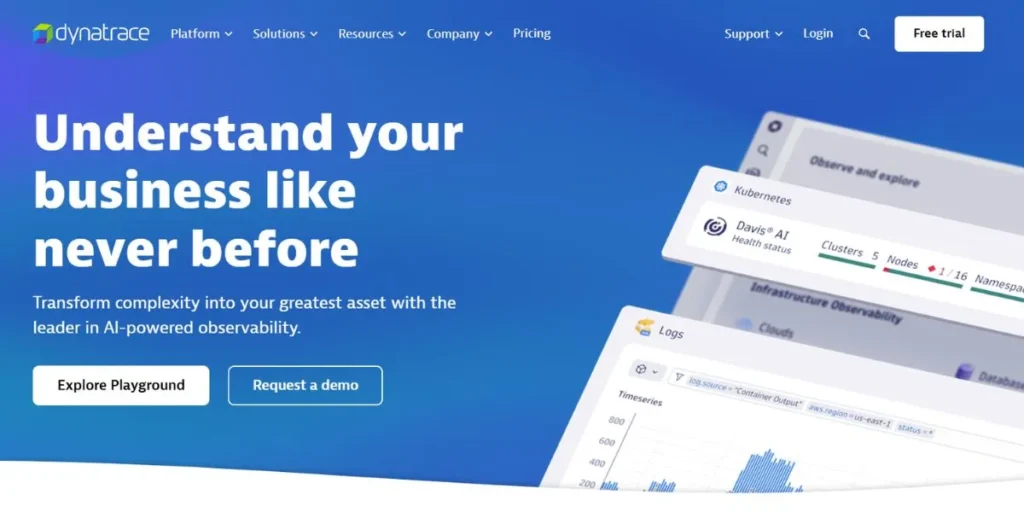
Dynatrace means the protection of applications but also provides nonstop control, which automatically maps dependencies. It engages AI as a means of identifying anomalies on the entire stack of applications. The portal provides a profound understanding of the app performance and security, vulnerability location, misconfiguration, and runtime threats that have the potential to cause an app to crash.
Davis AI engine creates a normal behavior profile of each app and raises red flags of abnormality that can be indicative of security concerns, performance or infrastructure failure. Dynatrace monitors all transactions of the micro-services, containers and cloud-data infrastructure displaying all dependencies and data use. Companies rely on this data to identify security vulnerabilities before they are abused by malicious parties and explore the events as they occur.
Key Features:
- Application security monitoring
- Automatic dependency mapping
- AI-powered anomaly detection
- Full-stack observability coverage
- Transaction tracing capabilities
Best For: Application security
Pros:
- Deep application visibility
- Powerful AI analytics
- Comprehensive monitoring coverage
Cons:
- Premium pricing structure
- Complex feature set
- Significant learning investment
Pricing: From $0.0001
Website: https://www.dynatrace.com/
10. New Relic
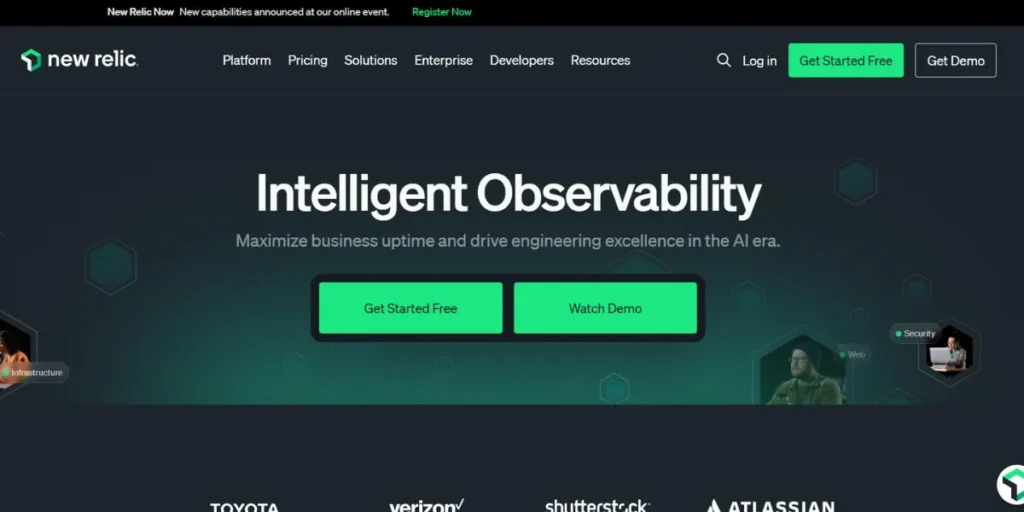
New Relic billions of end to end visibility to help companies learn to protect their entire technology stack, infrastructure and apps. It gathers monitoring of applications, containers, cloud applications, and infrastructure delivering one perspective of system health and security. Machine learning aids in the identification of abnormalities and draws attention to suspicious tendencies that may report any violation of security or malfunctions.
New Relic allows the security team to discover vulnerabilities in the applications, track suspicious activity within the modules, and see the events based on well-developed logging and tracking. Since the platform is open, it is compatible with numerous security tools, to enable any organization to design a tailor-made access security process. Business organizations have quicker security incident detection and resolution.
Key Features:
- Full-stack monitoring capabilities
- Machine learning analytics
- Application performance tracking
- Infrastructure health monitoring
- Extensive integration ecosystem
Best For: Full-stack observability
Pros:
- Comprehensive data collection
- Flexible integration options
- Free tier availability
Cons:
- Pricing complexity factors
- Overwhelming feature breadth
- Configuration time requirements
Pricing: Pricing upon request
Website: https://newrelic.com/
Challenges & Limitations
AI cybersecurity solutions can do a lot, but it also has problems companies need to know about and fix when they set it up and run it.
- Data Quality Data to identify threats properly requires a great amount of good data to power AI models.
- Adversarial Attacks: Intelligent attackers will be in a position to fool AI either by entering bad data or tricks to avoid recognition.
- False Confidence: When individuals place too much trust in AI, and pass by real threats, the latter may be overlooked.
- Complexity in the implementation: AI security is difficult to set up and requires personnel and extensive planning.
- Resource Demand: AI models are expensive to run and require numerous computing powers.
Choosing the Right AI Cybersecurity Software
Choosing the right AI cybersecurity program means looking closely at what your company needs, what it already has, how much money you can spend, and your long‑term security goals so you can protect yourself for years.
- Checker Search: Ensuring that the software is compatible with what technology was meant to work with and how you work is also an important factor.
- Scalability Check: select platforms that will expand with your business.
- Vendor Reputation: Before you make a decision, examine the track record of the company, read reviews of the customers, and ensure that the company is certified in the industry it does business in.
- Support Services: As you know, you have to look after that your vendor provides good training, good documents and support when it is necessary.
- Experimental: Use trial versions and demos To determine how to use the software in your environment.
Conclusion
AI Cybersecurity Software is the future of digital defense. It provides corporations with fresh avenues of detecting, preventing, and responding to cyber attackers in real-time. Since attackers are becoming smarter and apply AI as well, it can no longer support old forms of security.
The solutions within this guide demonstrate how, through AI, cybersecurity is no longer about responding to its threats, but rather about combating them. This assists firms to keep in the frontline of emerging threats. AI Cybersecurity tools isn’t a magic fix and must be used with careful planning and human help, but it gives key tools to keep strong security in 2025 and later.
FAQs
How does AI Cybersecurity Software differ from traditional antivirus programs?
Antivirus that can be described as traditional makes use of known lists of viruses. AI programmes acquire knowledge through data and study the behaviour of programs. This allows it to identify new unheard-of threats, such as zero-day attacks.
Can AI Cybersecurity Tool completely replace human security teams?
AI is able to assist, yet not to replace individuals. Security professionals continue to engage in valued activities such as taking major decisions, exploring intricate issues and addressing perplexing threats involving the application of human judgment.
What is the typical implementation timeline for AI Cybersecurity Tool?
Installation time is different based on the size and complexity of the organization. Thanks to small systems, it may only take weeks, whereas big companies may require several months to fully penetrate the AI program.
How does AI Cybersecurity Software handle privacy concerns?
AI security software ensures that the privacy remains secure. It conceals personal information, employs methods that do not disclose personal information, and allows one to establish policies. That is why it monitors with the threat respecting the privacy of employees and does not violate the law.